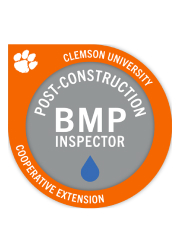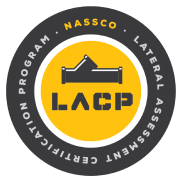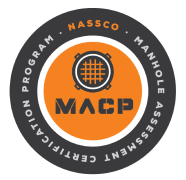Green Stormwater Infrastructure Plan
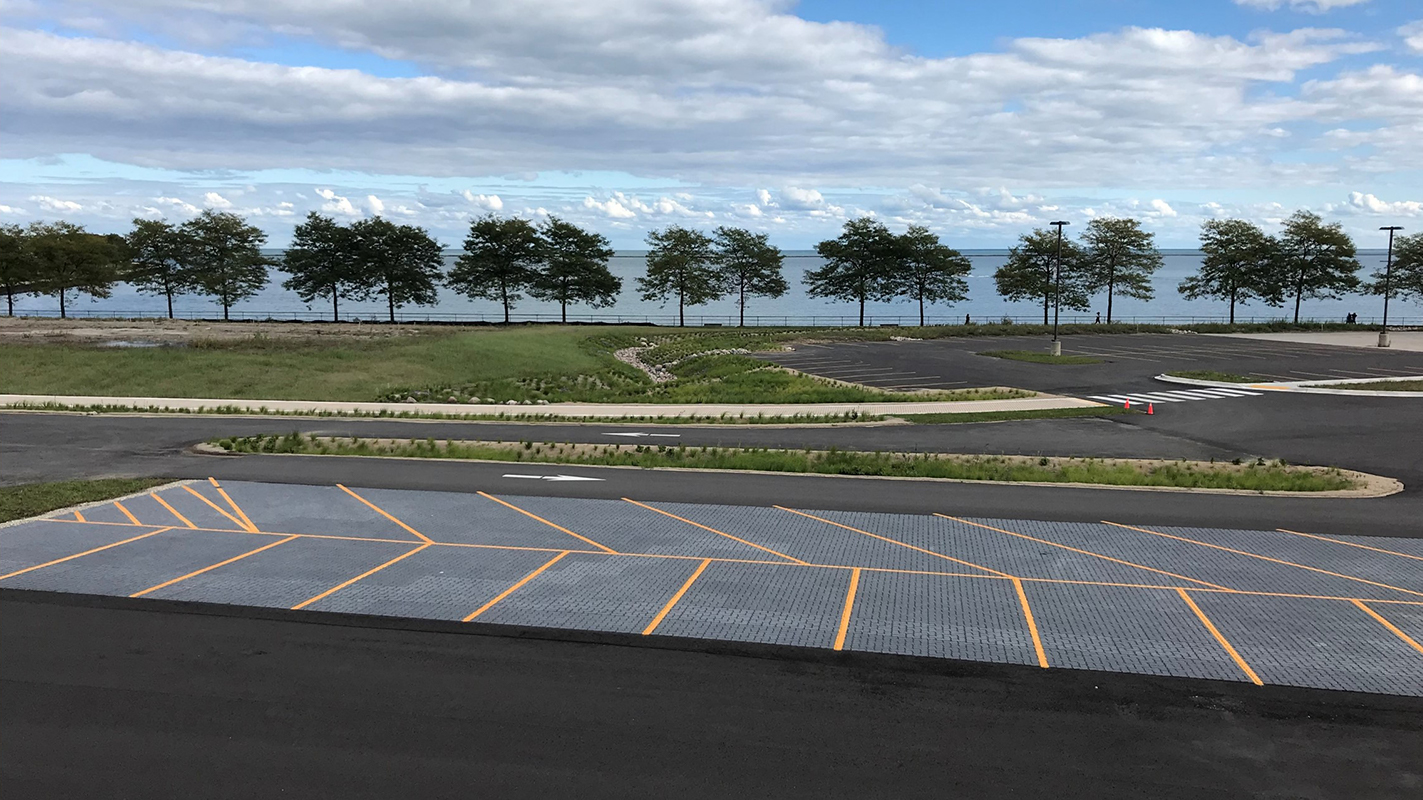
What is Green Stormwater Infrastructure?
Green Stormwater Infrastructure (GSI) is a stormwater management practice centering around peak flow, pollution and volume control by mimicking natural hydrologic processes. AQUALIS’ teams of stormwater professionals have decades of experience offering comprehensive services to a variety of green stormwater infrastructure strategies. Our localized teams are aware of the climate, geological and regulatory restrictions to optimize your GSI and meet your stormwater management needs.
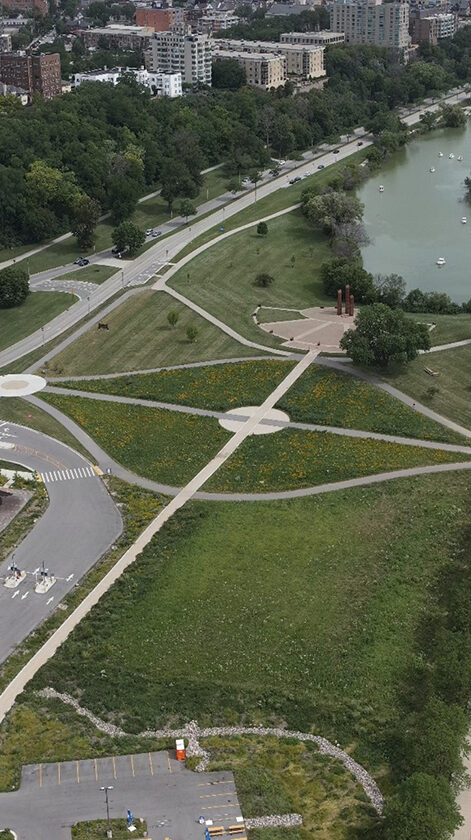
Why Does Green Stormwater Infrastructure Matter?
In the year 2010, global populations broke the threshold; for the first time, more people were now living in urban areas as opposed to rural ones. By 2050, it is expected this number will surpass two-thirds of the global population. This mass migration into urban areas has led to an explosion of development and, with-it, conversion of pervious surfaces to impervious surfaces. Areas that have faced substantial population growth are now tackling stormwater runoff control issues also caused by aging infrastructure, climate change and impervious surfaces increasing runoff volumes challenging the capacity of existing stormwater systems. GSI has become a popular and effective way to improve and address these stormwater issues by keeping stormwater onsite and mimicking predevelopment hydrologic conditions. GSI is an important element of comprehensive stormwater management, mimicking predevelopment conditions by slowing runoff down and promoting infiltration. Additionally, GSI provides important pollutant removal mechanisms for both typical and site-specific pollutants and reduces pollutant loading to our waterways.
Why is Planning for Green Stormwater Infrastructure Important?
Green Stormwater Infrastructure (GSI) is engineered to include design aspects such as permeable surfaces, vegetation, infiltration and/or water collection and reuse which keep water from moving too quickly causing downstream flooding. Traditional “grey” stormwater infrastructure, including inlets and pipes, provides an important role in flood mitigation by quickly directing stormwater away from critical infrastructure. GSI often works in tandem with “grey” infrastructure to strengthen stormwater systems. We evaluate your property or community for many critical factors that impact GSI, such as history of flooding or problematic ponding, topography, soil types, depth to groundwater and bedrock, historic locations of streams, karst geologic features, protected streams and streams with known water quality issues, areas of Total Maximum Daily Load (TMDL) requirements and so much more. We balance that with areas of known development and redevelopment, municipal five-to-ten-year Capital Improvement Program (CIP) projects and your own development budget. All these components are engineered together to develop a plan where the GSI can be most cost effective, address multiple-issues to create countless benefits and be implementable over time.
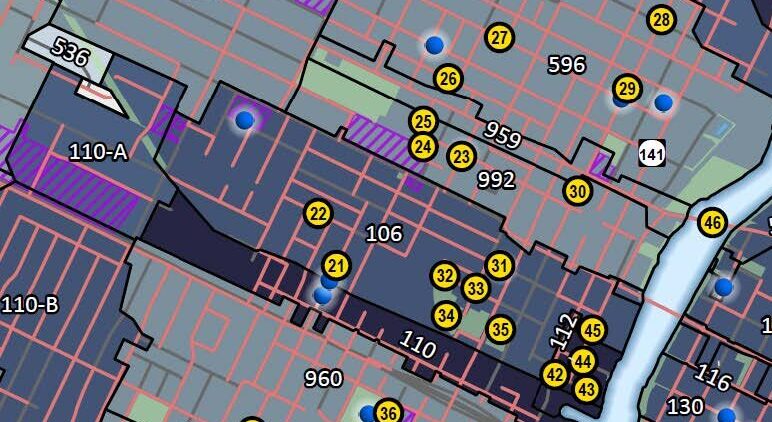
AQUALIS developed a comprehensive Green Stormwater Infrastructure (GSI) Plan for the City of Green Bay to address urban flooding and water quality issues by identifying and prioritizing 50 strategic public and private sites for GSI implementation.
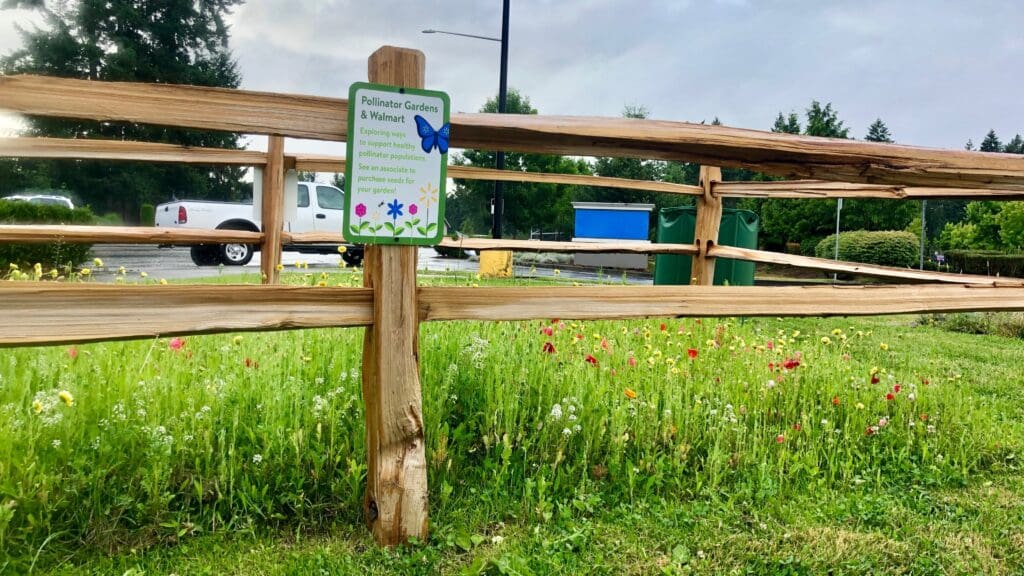
Learn more about how to design GSI to meet local or regional water quality and flood risk reduction goals while ensuring long-term considerations for maintenance.
What are the Benefits of Green Stormwater Infrastructure (GSI) for Stormwater Management?
Changes to local weather patterns due to climate change have increased storm severity and frequency across the United States. This, paired with aging infrastructure, has left many systems incapable of handling the increase in stormwater water volume faced during storms. One of the most common causes of detention failure is related to too much runoff.
- GSI captures and treats stormwater where it lands, allowing infiltration, mimicking the natural hydrologic process —rainfall absorbing into the ground and ultimately recharging shallow groundwater, contributing healthier baseflow to streams. When stormwater infiltrates into GSI, the soil media and plant roots act as natural filter removing pollutants that would have otherwise contaminated waterways. Infiltration also decreases the runoff volume, reducing the likelihood of localized flooding and ultimately minimizes the impact on aging “grey” stormwater systems.
- Vegetation, often including native plantings, are a critical element in many GSI strategies. Plants absorb water, provide macro-filtration and remove micropollutants through a variety of pollutant removal mechanisms. Vegetation plans can be created to optimize pollutant reduction within the GSI.
- Green spaces are becoming a sought-after amenity for many businesses and property owners. Many GSI designs increase the natural aesthetic appeal of properties while also protecting infrastructure from stormwater damage. Apart from regulatory requirements, further environmental stewardship can be achieved by installing native plants into pre-existing stormwater basins and other GSI systems.

GSI We Design & Maintain
AQUALIS provides sustainable, nature-based solutions to effectively manage water. Our extensive team of experts can provide designs, inspections and long-term maintenance ensuring your systems long term performance and compliance.
Wet detention basins are designed to maintain a permanent pool of water year-round. The primary mechanisms for pollutant removal are sediment settling and pollutant uptake, particularly of nutrients, through biological activity in the pond.
Dry detention basins are designed to temporarily detain stormwater, typically for a minimum period (e.g., 24 hours), allowing particles and pollutants to settle and reduce peak flow rates.
Bioswales are open channels that use vegetation and/or mulch to infiltrate (when no underdrain is present), biofilter, evapotranspire, and treat stormwater as it flows through a shallow channel or trench. A grassed swale is a variation that uses grass.
Bioretention areas are shallow, vegetated depressions that collect stormwater runoff, allowing it to temporarily pond. Similar to bioswales, they filter and treat stormwater through a combination of infiltration, biofiltration, and evapotranspiration.
Constructed wetlands maintain a pool of water by either intersecting the water table or being designed with an impermeable liner. Pollutants are removed through detention, retention, biofiltration, evapotranspiration.
Green roofs are an alternative to conventional roofs, designed to reduce stormwater discharge through vegetation and a substrate that retains, detains, infiltrates, and evapotranspires rainwater. In addition to managing stormwater, they can also reduce building energy use.
Infiltration Basins
An infiltration basin is a shallow impoundment designed to infiltrate and biofiltrate stormwater runoff. It typically consists of sand or other permeable materials with a high infiltration rate that enhances groundwater recharge and increases baseflow to nearby streams.
Porous (permeable) pavements store and/or infiltrate rainwater in underlying layers of soil and gravel, which then either infiltrates into the ground or flows through an underdrain. The permeable surface layer can be made of pervious concrete, porous asphalt, or permeable interlocking pavers.
A riparian or forested habitat is an area along a shoreline, wetland or stream that protects water bodies from future development, disturbance, and encroachment. Properly designed, these buffers provide stormwater management benefits, mitigate flooding, and help sustain the stream ecosystems and habitats.
Sand filters function as settling chambers where large particles settle out, and the filter media removes finer particles and other pollutants, improving stormwater quality.
County and Department of Transportation Implement GSI
“Due to frequent high levels of nitrogen, phosphorus, chloride and suspended solids, finding a stormwater control measure that could significantly reduce pollutant loads was of the upmost importance to the stakeholders.”


Did you receive an NOV? Have an urgent need? We can help.
Reach out to an AQUALIS representative today.





